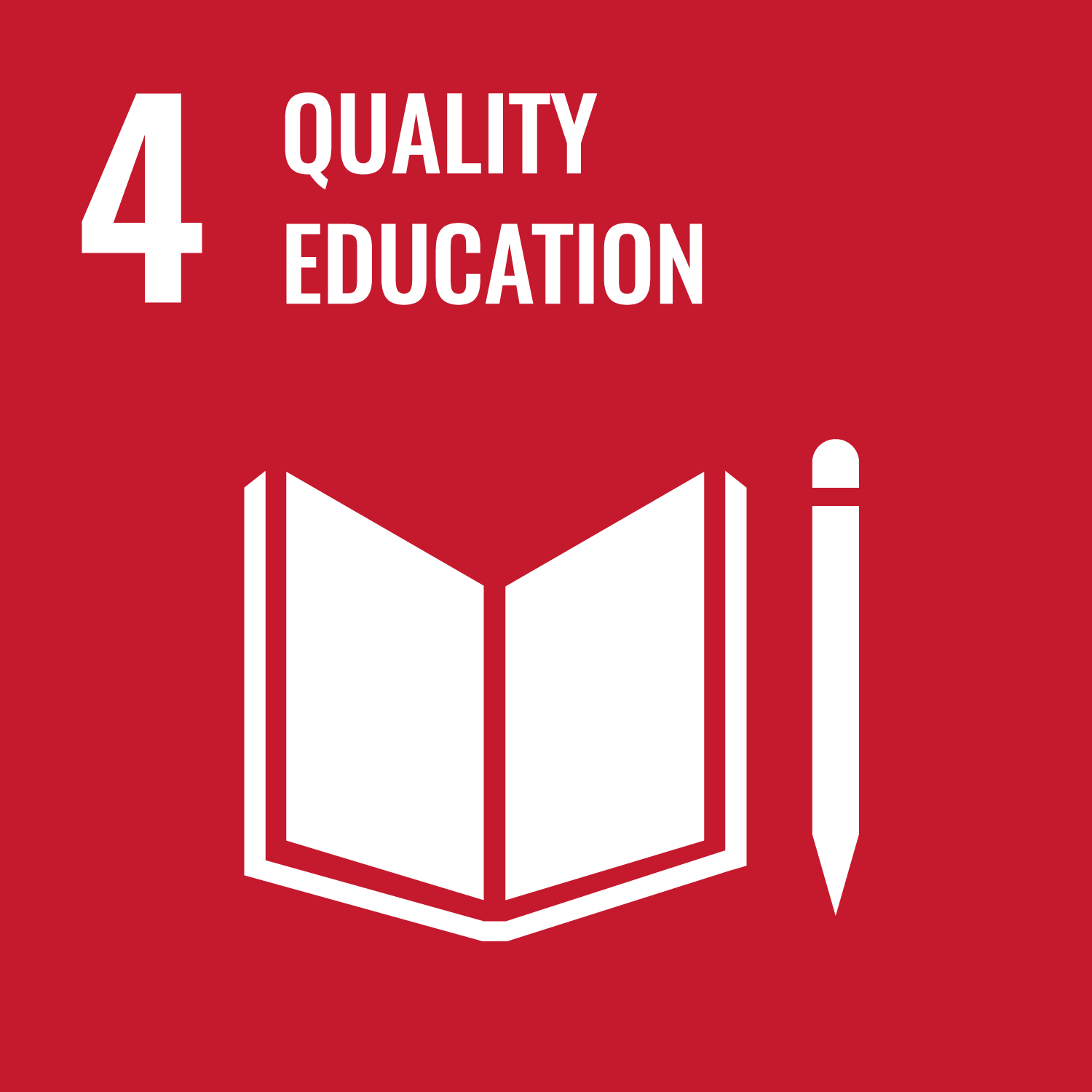Studies indicate that the use of shadow education leads to inequality in educational opportunities. The rate of use of shadow education has increased since the 1960s and has reached a plateau in recent years. Using fundamental analysis and panel data, this study examines whether shadow education has gained in popularity. The analysis shows that the experience rate of shadow education has increased across all school stages (elementary school, junior high school, and high school), confirming the prevalent use of shadow education. Among those who have experienced shadow education, the disparities in parental educational backgrounds and parental occupations among junior high school students disappeared, indicating that shadow education has gained in popularity. Furthermore, these disparities widened at the elementary school and high school levels. Shadow education was popularized among junior high school students preparing for the high school entrance examination. In contrast to junior high school students, there were still substantial differences in the use of shadow education seen among elementary and high school students who were not selected for the transition between schools at the next stage.


